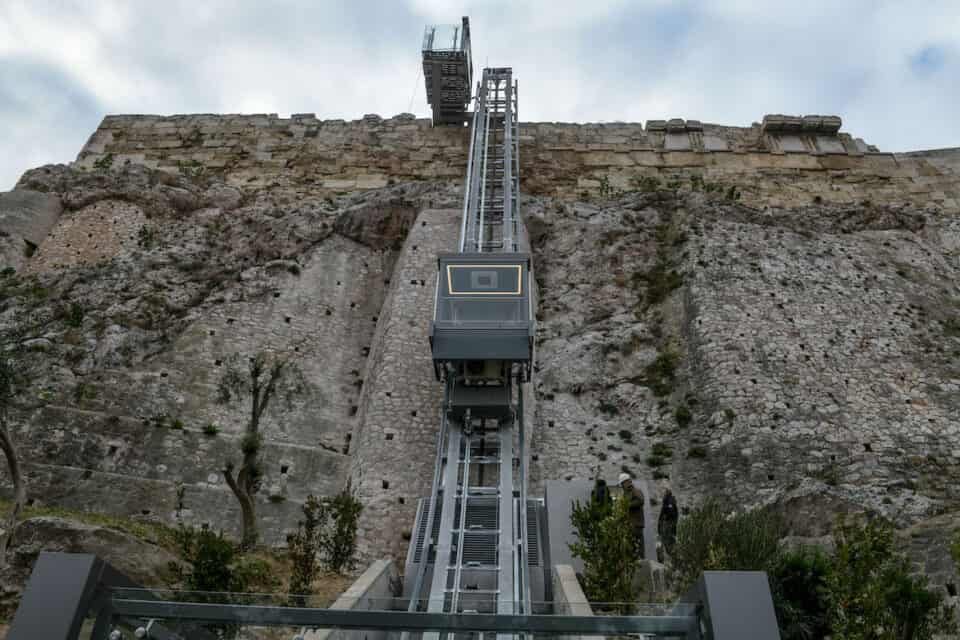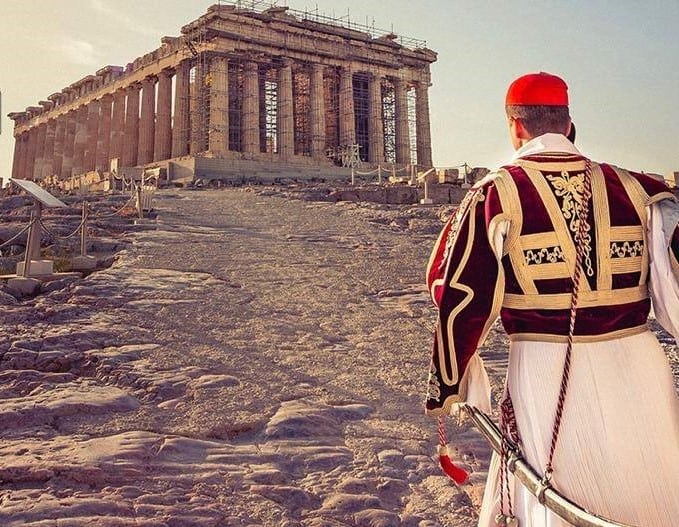More than half of the 18 Greek sites inscribed on this list date back to antiquity.
With 18 UNESCO World Heritage sites, including the iconic acropolis of Athens, Greece benefits considerably from the reinforced protection of these monuments and at the same time bets on their tourism development, a “delicate balance”, according to experts.
Known for the exceptional richness of its ancient monuments, the country is co-organizing an international conference in Delphi on Thursday to mark the 50th anniversary of the 1972 Convention on the Protection of World Heritage, ratified by 194 states and covering so far 1,154 cultural and natural properties.
More than half of the 18 Greek sites inscribed on this list date from antiquity, such as the Parthenon in Athens, the site of Mycenae, the temple of Apollo at Basas; ancient Olympia (sixth century), the sanctuary of Delphi and the fortified city of the Macedonian king Philip II.
Several Byzantine and medieval monuments are also protected by UNESCO, such as the cave of the Apocalypse of St. John, on the island of Patmos; the cultural and natural site of Meteora (northwest), the monastery of Dafni -near Athens- and those of Mount Athos (north), one of the few places to which women are prohibited access.
These monuments enjoy “reinforced protection”, and “evidently their attendance, already high, increased,” Culture Minister Lina Mendoni told AFP.
In a privileged position concerning the other sites in the country – which are also subject to strict protection and management legislation – the sites classified in the UNESCO catalogue “attract more easily European funds for their conservation,” explains Antonia Zervaki, assistant professor of International Relations at the University of Athens.
Priority to growth
In August, the climax of the tourist season, Lina Mendoni and Tourism Minister Vassilis Kikilias welcomed the arrival of “16,000 visitors” a day to the Acropolis, a sharp increase over last year.
Greece is experiencing a growth in the number of visitors. In the first nine months of 2022, the number of foreign tourists more than doubled compared to 2021, prompting a debate about the threat of “overtourism” weighing on the country.
To overcome the economic crisis of the last decade and then the coronavirus pandemic, Athens is committed to developing tourism, the engine of the country’s economy. But this option has been widely questioned by experts.
“The Greek crisis exacerbated the retreat of scientific criteria in favour of growth, which is now a priority and is not conducive to sustainable development,” explains Yannis Theocharis, an archaeologist at the Ministry of Culture and vice president of the Union of Greek Archaeologists.
He regrets that “many monuments have been deteriorated” by development works. “Entrepreneurs are involved in catering for lucrative reasons” and not cultural, he denounces.
The Acropolis of Athens was at the centre of controversy two years ago when the government presented a Lift/Elevator and a new concrete ramp as “necessary” to improve accessibility for people with functional diversity. Some archaeologists denounced “a technocratic approach that aesthetically alters the monument.”

“Welcoming and managing visitors pose major challenges,” Lazare Eloundou Assomo, director of UNESCO’s World Heritage Centre, told AFP on the occasion of the conference in Delphi.
“Greece made considerable efforts to take into account the challenges of over-tourism with tangible results,” he said, citing as an example the electronic entry ticket at the Acropolis, a measure to manage the flow of visitors, among others.
For Antonia Zervaki, “not everything is black or white. Preservation and exploitation constantly struggle to find a delicate balance.”
Rebetiko is on UNESCO’s Intangible Cultural Heritage of Humanity List


